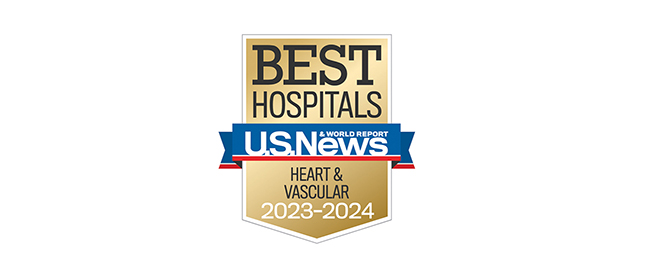Cardiac MRI
What is a Cardiac MRI? How does it work?
A cardiac MRI captures photos of the heart and blood vessels with the use of a magnet and radio waves. The images from the cardiac MRI will show if there is damage to a certain area of the heart, the structure of the heart, and the function of the heart. These images also show the heart’s chambers and valves which helps make a diagnosis.Some reasons a doctor orders a cardiac MRI include:
- Cardiomyopathy - heart muscle becomes thick and weakened
- Congenital heart disease - defects in the fetus heart
- Coronary heart disease - narrowing of the coronary arteries caused by the buildup of fatty materials called plaque
- Heart failure - heart muscle is weak and can’t pump enough blood to the body
- Heart valve disease - when heart valves become damaged, they can block flow in the heart
What happens during a Cardiac MRI?
The cardiac MRI machine is made up of a bench, which moves in and out of a large tube that opens at both the head and feet. It is controlled by a technician from another room The cardiac MRI machine is controlled by a technician from another room using a remote control. The technician will communicate with the patient via microphone, giving instructions while the pictures are being taken.
A cardiac MRI is noninvasive and does not require a surgical incision. The process can take anywhere from 30 to 90 minutes.
Prior to getting a cardiac MRI, it is important to notify the doctor of any metal implants from past surgeries and to remove all jewelry or clothing with metal clasps/buttons, as magnets attract metals.
Additional/Related Procedures
After a cardiac MRI determines the cause of the abnormal heart, a minimally invasive procedure or surgery may be needed to treat it, including:- Catheter Ablation: This minimally invasive procedure uses a catheter to apply heat or cold (cryoablation) to disrupt or destroy heart tissue that causes an arrhythmia. It requires a short hospital stay and offers a quick recovery.
- Implanted Electronic Cardiac Devices: Small battery-powered devices, such as pacemakers, defibrillators and cardiac resynchronization therapy (CRT) devices, are connected to one or more wires (called leads) and are surgically placed under the skin near the collarbone. These devices automatically deliver an electrical signal to control your heartbeat.
- WATCHMAN™ Left Atrial Appendage Closure: This advanced surgery can significantly reduce the risk of stroke in people with atrial fibrillation by blocking the area in the heart where most stroke-causing blood clots form, called the left atrial appendage.
Scheduling
Jersey Shore University Medical Center - call 732-776-4300
JFK University Medical Center - call 732-321-7540
Hackensack University Medical Center - call 551-996-3800







